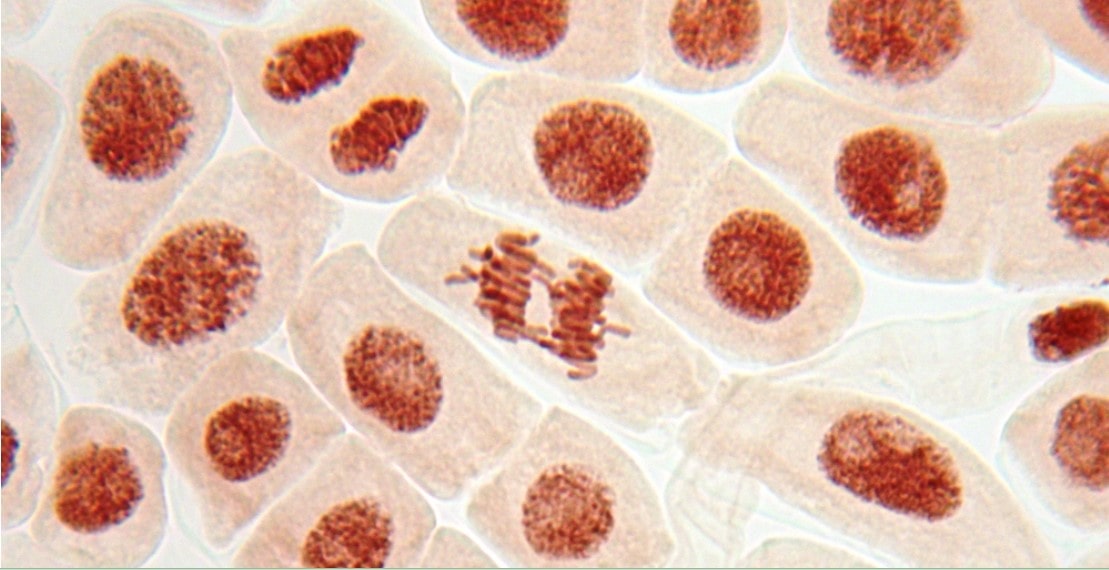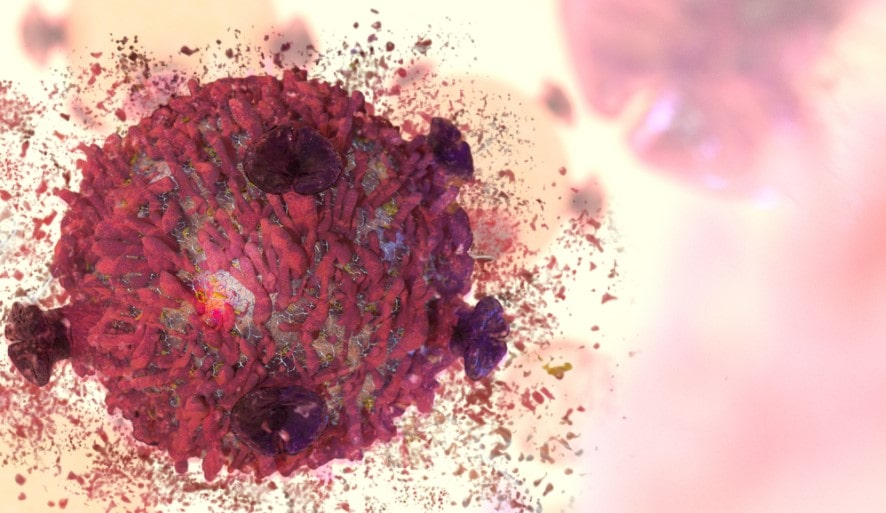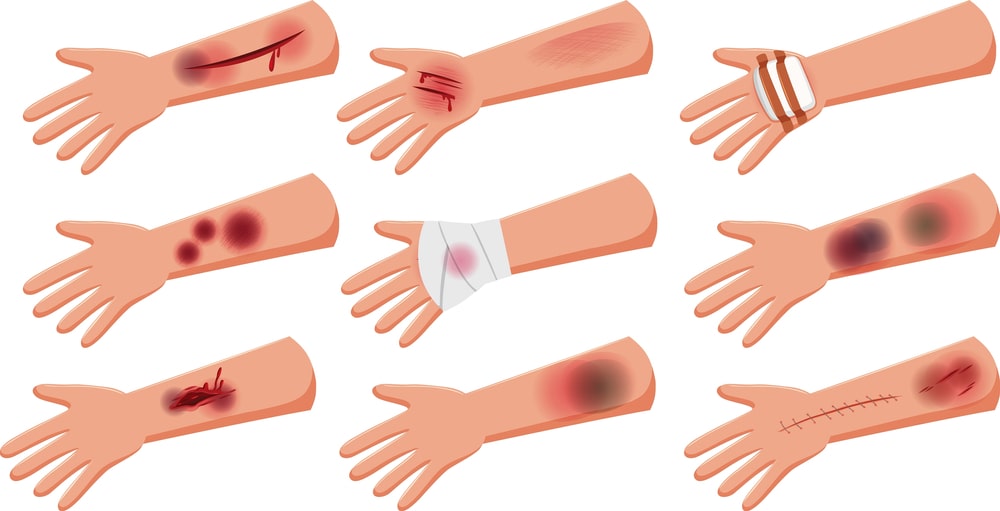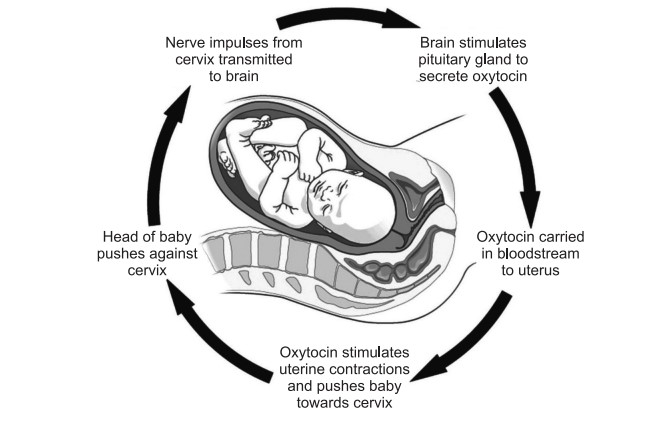Calcification
It occurs when calcium builds up in body tissue, blood vessels, or organs. This buildup can harden and disrupt the body’s normal processes. Calcium is transported through the bloodstream and is found in every cell. As a result, calcification can occur in almost any part of the body. About 99 % of the body’s calcium … Read more




